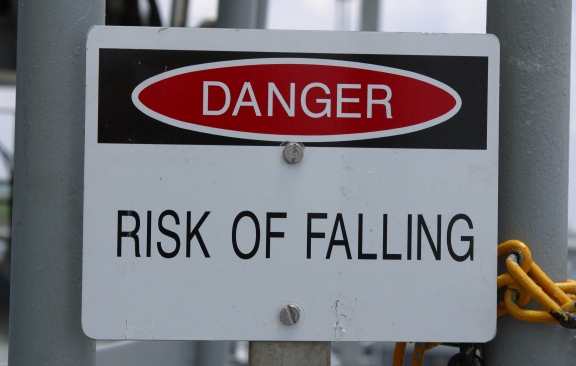Exchange-traded funds have achieved a new feat, producing dozens of products that are riskier than the most volatile individual stocks in the Standard and Poor's 500 stock index.
The primary purpose of all funds, including ETFs, is to reduce risk to the investor by diversification. A portfolio of 20 or more stocks spread across several industries should, in theory, be less volatile than the most volatile individual stocks.
Unless, of course, you create funds that focus on a narrow area and use leverage to goose returns, which is
exactly what the riskiest ETFs do . How much riskier are leveraged ETFs than individual stocks? Consider First Solar (FSLR), which is the most volatile stock in the S&P 500, according to Morningstar.
The solar energy company, which has gained an average 22.26% a year the past three years, has a standard deviation of 66.02, according to Morningstar, the Chicago investment trackers. The higher the standard deviation, the more extreme the price moves.
In contrast, the riskiest ETF in the Morningstar database, ProShares Ultra VIX Short-term Futures Fund (UVXY), has a three-year standard deviation of 132.9. The fund, of course, doesn't invest in stocks. It invests in volatility itself, as measured by the so-called Fear Index: The short-term CBOE VIX index.
The most volatile stock ETF, Direxion Daily Gold Miners Bear 3x ETF (DUST), has a three-year standard deviation of 125.45 and a three-year average annual return of -44.36%.
Naturally, if you look hard enough, you can find stocks with higher risk ratings than members of the blue-chip S&P 500. But you have to go pretty deep into the weeds. Among stocks that trade for more than $1 per share on any U.S. exchange (aside from the pink sheets or OTC bulletin board), the riskiest stock is Voltari (VLTC), which has a three-year standard deviation of 562.55, according to Morningstar. The mobile content solutions company trades for $4.11 a share.
Nevertheless, of the 4,714 individual stocks in Morningstar's database that fit the above criteria, only 32 are more volatile than ProShares Ultra Vix Short-term Futures Fund.
Most individuals (and professionals) know the dangers of narrowly focused, triple-leveraged funds – although, bizarrely, a report from TD Ameritrade lists the VelocityShares Daily 3x Long Crude ETN (UWTI) as one of the top 10 traded funds by Millennials in 2015,
according to Bloomberg . It has a three-year standard deviation of 85.89. It has fallen an average 82.67% a year the past three years, turning a $10,000 investment into $52.01, or about a month's supply of Ramen noodles.
It should be noted that while ETFs liquidate and go out of business fairly routinely, none go bankrupt, as individual stocks can. ProShares warns investors that leveraged funds are volatile and should be constantly monitored.
Because of the risk to investors that highly leveraged ETFs pose to investors, the Securities and Exchange Commission is
currently mulling rules that would shut down the most highly leveraged ETFs . The new rules, proposed in December 2015, are currently under a 90-day comment period. The rules are targeted at ETFs and funds that lever their holdings more than 150%.







